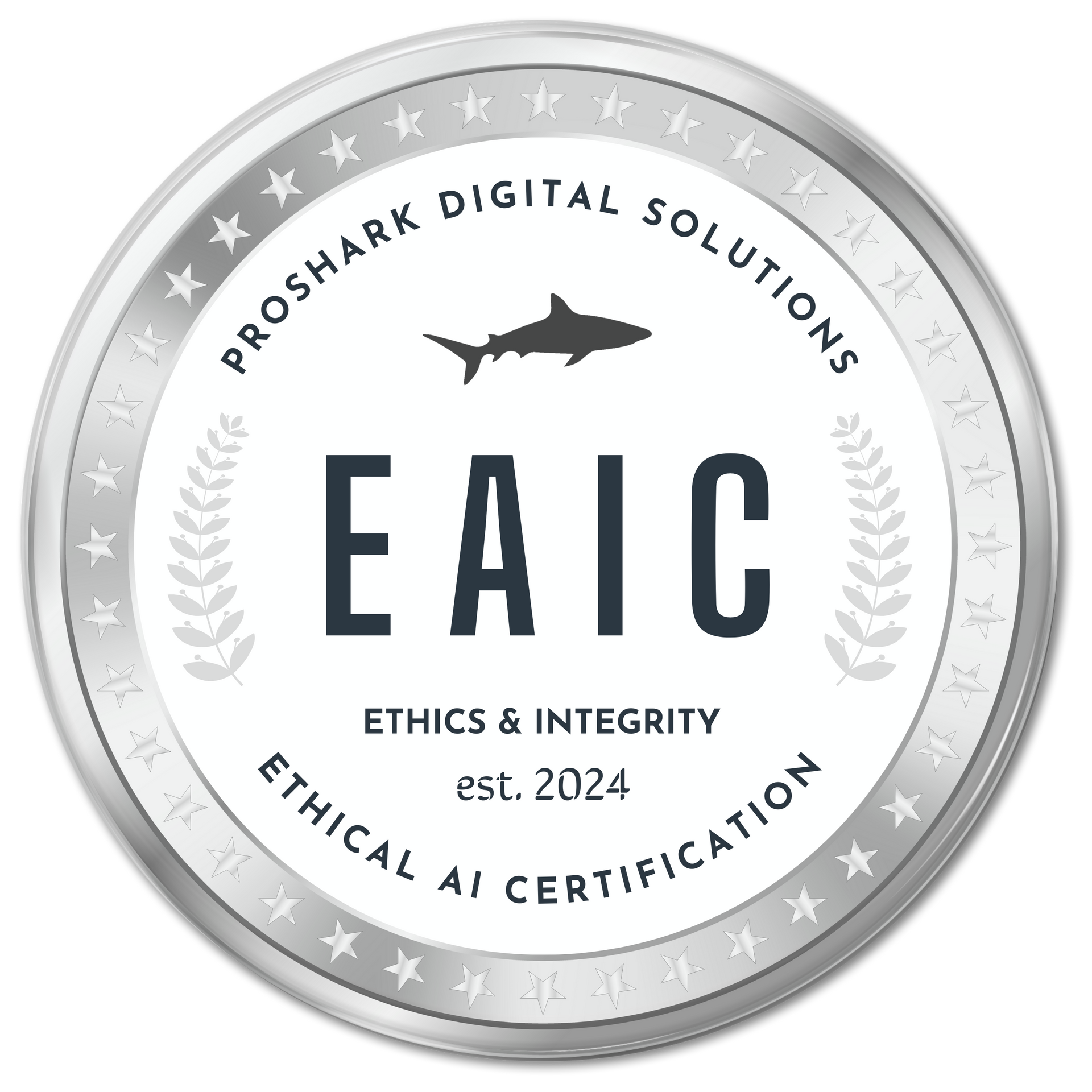If you're a business owner or marketer, you've likely considered using paid advertising to
drive traffic and sales to your website. After all, with the ability to target specific audiences and track performance, paid ads can be a powerful tool for reaching new customers and growing your business. However, if you're not careful, paid ads can also be a massive drain on your resources – as I learned the hard way.
I remember the feeling of frustration and desperation as I poured money into paid ad campaigns, only to see minimal results. I was constantly tweaking and adjusting my ads, but nothing seemed to work. It was like I was throwing cash into a pit and watching it disappear before my eyes.
But I'm not alone in this experience. Many businesses make the mistake of blindly throwing money at paid ads, hoping for the best. They might choose the wrong platform, target the wrong audience, or use the wrong ad format – all of which can lead to poor performance and high costs per click.
The good news is, there is a way to successfully utilize paid advertising to
drive traffic and sales without burning through your budget. In this blog post, we'll discuss the dangers of blindly throwing money at paid ads and how to create a successful paid ad strategy that maximises your return on investment.
What are paid ads and how do they work?
Paid ads, also known as pay-per-click (PPC) ads, are a type of online advertising where businesses pay a fee each time their ad is clicked. The goal of paid ads is to drive traffic to a website or landing page, where the business can then try to convert the visitor into a customer.
Paid ads appear in a variety of places online, including search engine results pages, social media platforms, and websites that partner with ad networks to display ads. They are typically distinguished from organic content by an "ad" label or icon.
To set up a paid ad campaign, businesses first need to select the platform or platforms where they want their ads to appear. Some popular options include Google Ads (for search ads), Facebook Ads, and LinkedIn Ads. Each platform has its own set of targeting options and ad formats, so it's important to choose the one that best fits the needs of your business.
Once a platform is selected, businesses can create and customise their ads using the platform's ad creation tools. This typically includes writing ad copy, selecting images or videos, and setting up a link to the landing page where visitors will be taken after clicking the ad.
Businesses then set a budget for their ad campaign, which determines how much they are willing to pay per click or per thousand impressions. The budget is used to determine how often the ads will be shown and how wide their audience will be.
As the ads run, the business can track the performance of their campaign using the platform's analytics tools. This includes metrics such as clicks, impressions, click-through rate (CTR), and cost per click (CPC). Based on this data, businesses can make adjustments to their campaign to improve performance and maximise their return on investment.
How do you choose the right paid ad campaign?
Choosing the right paid ad campaign is crucial for maximising your return on investment and avoiding the dangers of blindly throwing money at ads. Here are a few key considerations when selecting a paid ad campaign:
● Set clear goals and objectives: Before launching a paid ad campaign, it's important to have a clear understanding of what you want to achieve. Do you want to drive traffic to your website? Increase sales? Build brand awareness? Set specific, measurable goals that align with your business objectives.
● Research your target audience: To ensure your ads are being seen by the right people, it's important to thoroughly research and understand your target audience. Consider factors such as demographics, interests, behavior, and pain points to determine the best platforms and ad formats to use.
● Choose the right platforms: Different platforms have different ad formats and targeting options, so it's important to choose the ones that best fit the needs of your business. Some popular options include Google Ads, Facebook Ads, and LinkedIn Ads.
● Test and optimize: Once your ad campaign is live, it's important to track its performance and make adjustments as needed.
This might involve A/B testing different elements of your ads (e.g. headlines, images, calls to action) or segmenting your audience and creating personalized ad campaigns.
By considering these factors and continuously analyzing and optimizing your paid ad campaigns, you can choose the right ones to
drive traffic
and sales to your
website.
How much does an ad campaign cost?
The cost of an ad campaign can vary widely depending on a number of factors, including the platform you are using, the targeting options you select, the ad format you choose, and the competitiveness of the keywords you are bidding on.
On average, businesses can expect to pay a few dollars per click for search ads and a few dollars per thousand impressions for display ads. Social media ads and video ads may cost more or less depending on the platform and targeting options you choose.
It's important to set a budget for your ad campaign and stick to it. Many ad platforms allow you to set a daily or lifetime budget, which determines how much you are willing to spend on your ads. It's also a good idea to set a cost-per-acquisition (CPA) target, which is the maximum you are willing to pay to acquire a customer. This will help you determine the maximum amount you should be willing to pay per click or impression.
Overall, the cost of an ad campaign can range from a few hundred dollars to tens of thousands of dollars, depending on your business goals and the size of your target audience. By carefully planning and tracking your ad spend, you can ensure that you are getting a good return on your investment.
Bottom Line
Remember, paid ads are only one part of a larger marketing strategy. It's important to also consider other tactics such as content marketing,
social media marketing, and
email marketing to drive traffic and sales to your website. By taking a holistic approach to your marketing efforts, you can create a well-rounded strategy that effectively grows your business.










